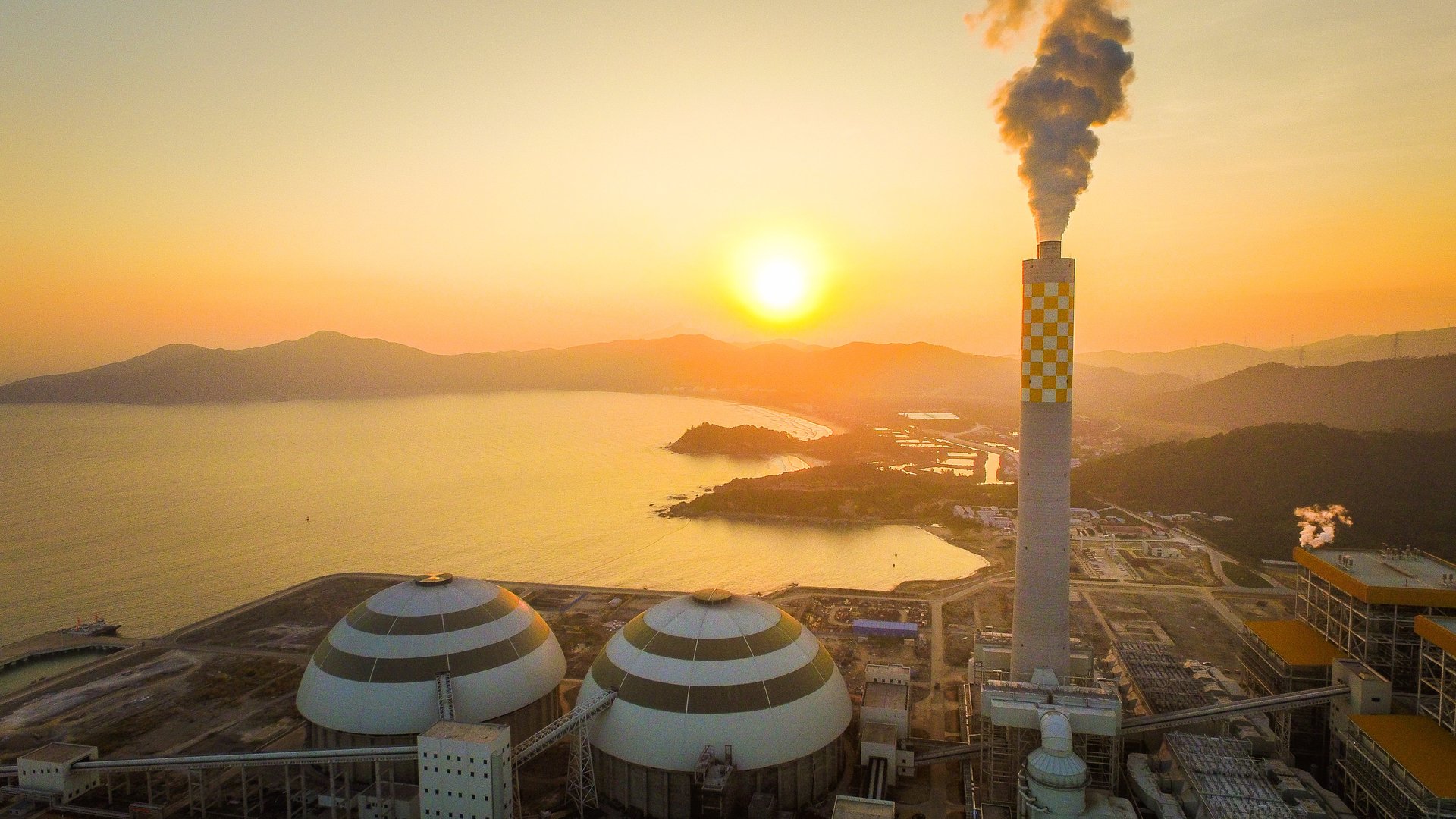The world thinks China has too many power plants, but it’s likely to be an accidental blessing
The scene from the restaurant window looked like I was in a holiday resort on a beautiful beach. Except it was the restaurant of a coal power plant built by China Resources Power near Shanwei in Guangdong Province.


The scene from the restaurant window looked like I was in a holiday resort on a beautiful beach. Except it was the restaurant of a coal power plant built by China Resources Power near Shanwei in Guangdong Province.

The $1-billion plant, which uses “ultra-clean emissions” technology as the company puts it, began operation in May 2015. Its two coal-burning units are capable of producing 1,000 MW, and the plan was to build two more units on the same site, which would take the the total capacity to 4,000 MW.
But in 2016 the government put restrictions on capacity expansions. China admitted that it had built too many power plants too quickly. Its thermal power plants run less than half the time, according to official government figures.
Much of China’s growth in the last 35 years has come from large investments in infrastructure. Though a lot of it has been put to use, there is no dearth of white-elephant projects with stories of ghost towns, empty airports, and traffic-free highways.
A 2016 study led by Atif Ansar of Oxford University, which looked at 95 rail and road projects between 1984 and 2008, concluded that more than half the projects “destroyed, not generated” economic value. But others dispute the results (paywall) for the narrow metrics it used.
“For most of the past few decades, the bulk of Chinese infrastructure investment has served the overall economy reasonably well,” Louis Kuijs, former senior China economist at the World Bank, told the FT (paywall). “If you compare China with most other developing countries, they would love to be in China’s shoes in terms of having all that infrastructure.”
At the heart of the debate is whether infrastructure projects will be able to generate enough return on the money invested. In case of power plants, the answer is likely to be “yes,” especially in light of the news this month of countries pledging to move to an electric-cars only future.
On July 26, the UK joined four other countries—France, Norway, the Netherlands, and India—in committing to ban the sales of new petrol and diesel cars. Though critics complain about the date of implementation—2040—being too late, they agree that the pledge takes things in the right direction.
Even though China is not among the countries to make that pledge, it is probably in a better position to make that transition. In 2016, China registered more than 350,000 new electric vehicles—more than double the number registered in the US in the same period. It already has 150,000 charging stations—compared to 16,000 in the US—and is set to increase that number by 100,000 in 2017. And it already has a tax exemption on electric cars.
Better still, since US president Donald Trump pulled out of the Paris climate agreement, there is a void open for China to take on more leadership. Transitioning to electric vehicles is seen as a key move in cutting down emissions.
Moreover, China’s oil reserves are not something it would like to boast about. Its coal reserves, on the other hand, rival that of any other country. So, if not for cutting emissions, it makes sense from an energy-security perspective for China to make the transition to electric cars.
Moving to an electric-cars only future is no easy task. Such a transition would add as much as 18 GW to the UK’s peak demand, according to National Grid, the country’s electricity transmission operator. The UK currently has a peak demand of about 50 GW—that’s why National Grid has warned the government to start investing early unless it wants to face blackouts.
Scaling such demands in a country the size of China would be taking power generation to a whole another level. But, yet again, China seems more ready than other countries to deal with it. Its overcapacity “problem” today will prove to be an accidental blessing in its electric-cars only future.